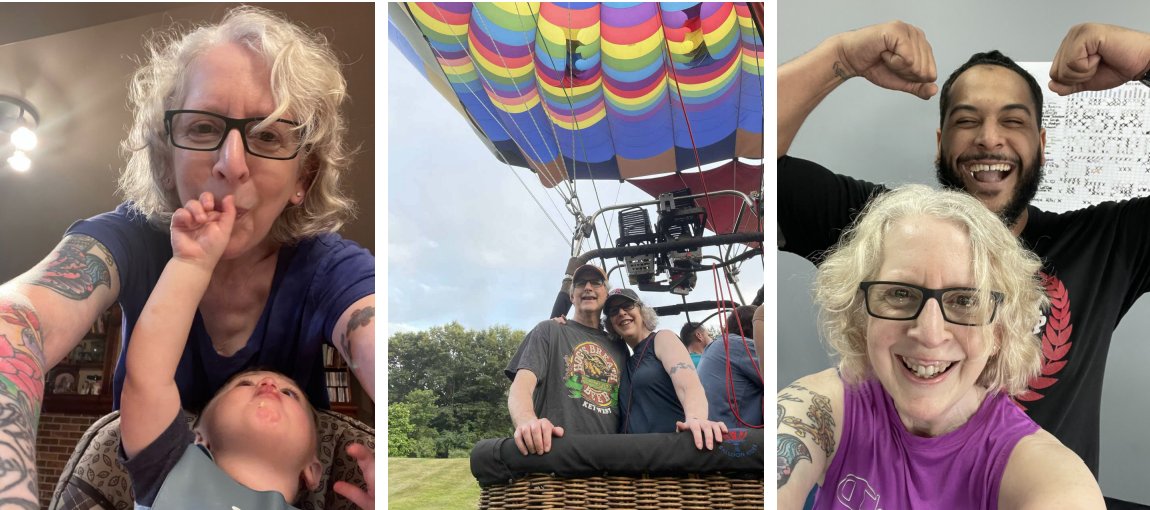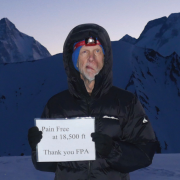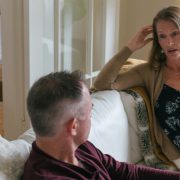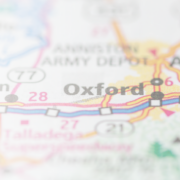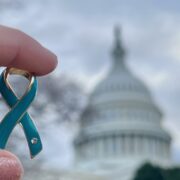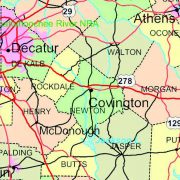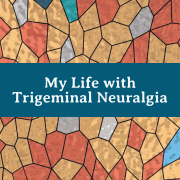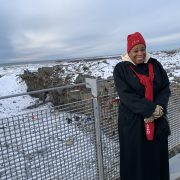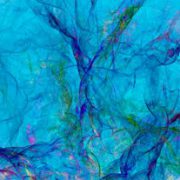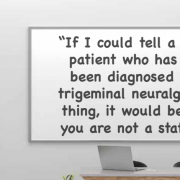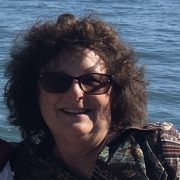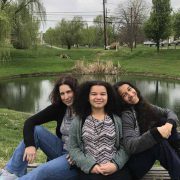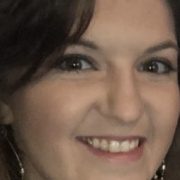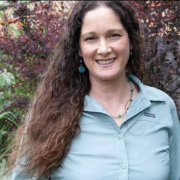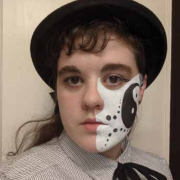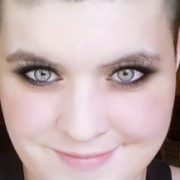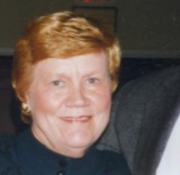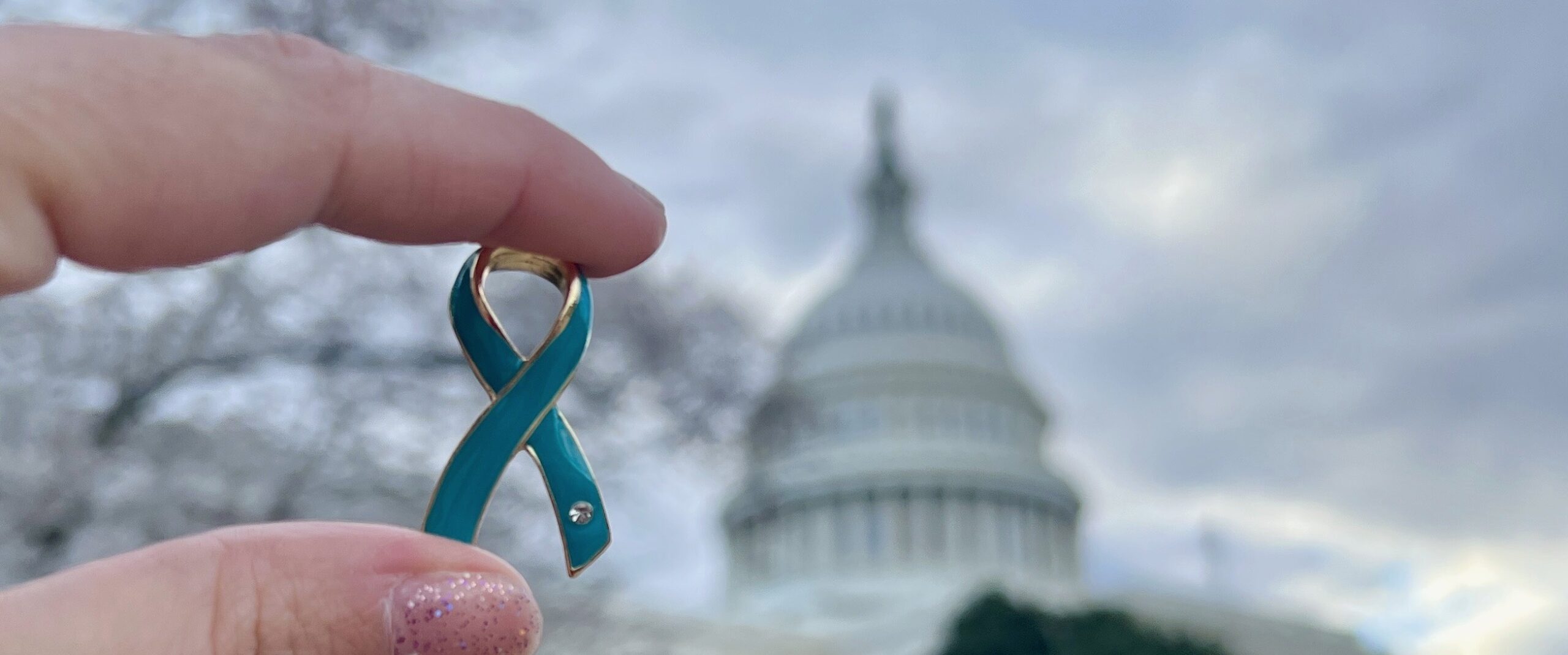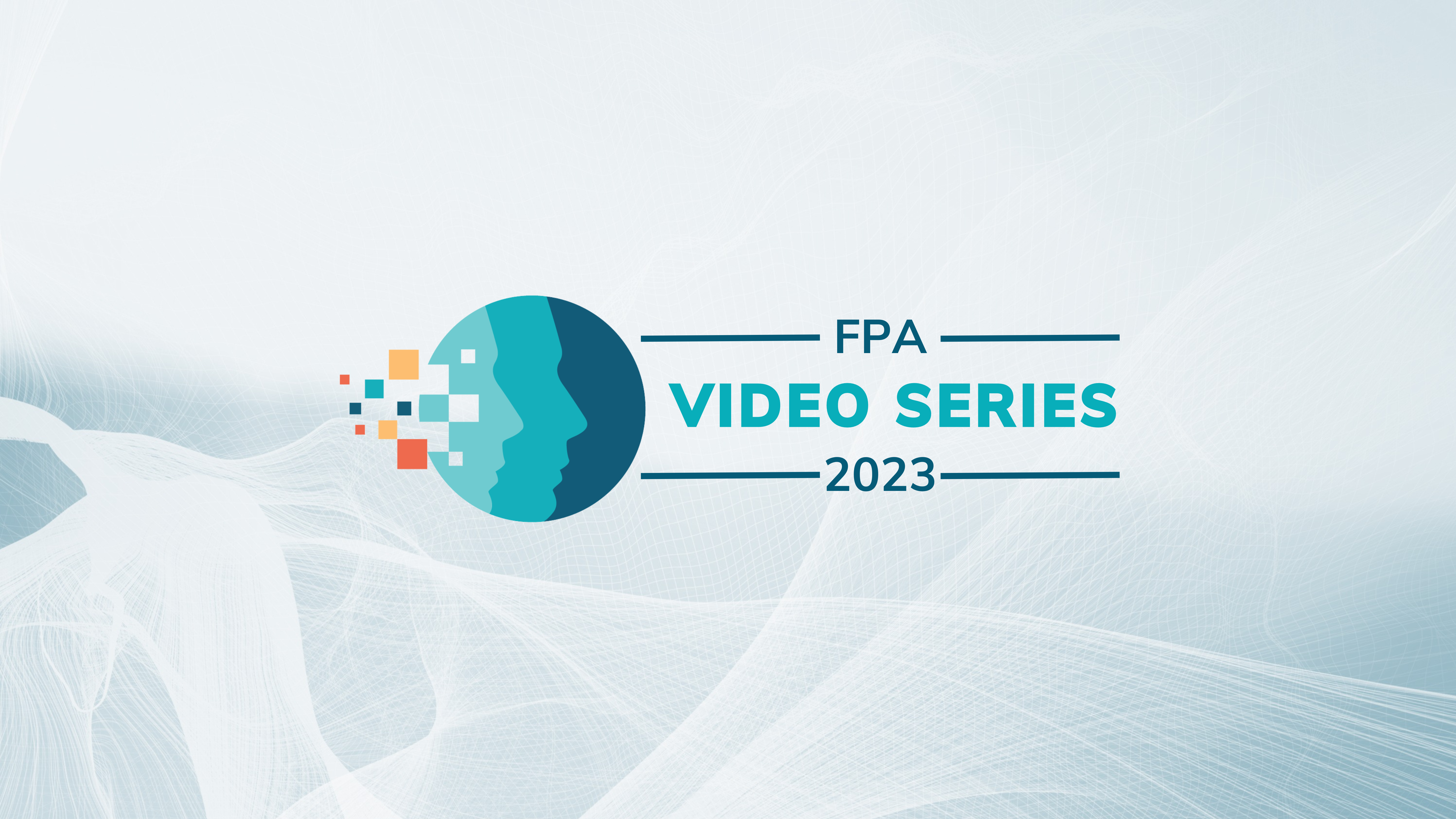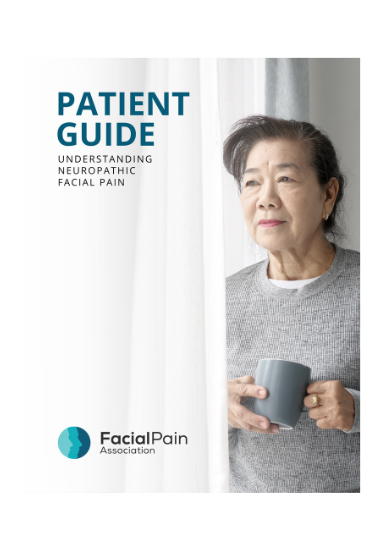Hi, I’m Amy Barris. Many friends call me Murphy – if something can go wrong, it will for me.
I am just shy of turning 64, a mom to four grown kids and a grandma to eight. I married my best friend 42 years ago, and he has always been my rock.
At 41, I was diagnosed with breast cancer. But there was a light at the end of the tunnel: I finished my treatments, and they saved my life. I was blessed to watch my children grow up and our family expand. My facial pain is different, because I know I will have it for the rest of my life.
The pain began 11 years ago with a toothache on my bottom right second molar. I was seen by a very trusted endodontist and had a root canal, but my toothache never went away. I dealt with that pain for five months until I finally had the tooth extracted by an oral surgeon. I was thrilled that my pain was finally gone, but it only lasted for three months.
After my pain returned, I went back to my oral surgeon. I was told the bone graft from the root canal was gone, and the pain I felt was coming from the neighboring tooth. I was sent back to my endodontist and wasn’t thrilled about another root canal (or the cost). This time, I was very scared because I didn’t know what was happening to my mouth. But I got the root canal, and it went well. My pain was gone again — or so I thought.
One month after the second root canal, I went to the dentist to get my permanent filling and care for a cavity on the opposite lower side of my mouth. My dentist numbed only the lower left side of my mouth and repaired the cavity. He said he didn’t need to numb my right side to put in the permanent filling since the roots were gone; I agreed. While cleaning out the temporary filling, his drill hit a nerve, and I almost flew out of the chair. He put his hand on my shoulder and said, “you need to sit still.” I will never forget those words. My life had just changed in that instant. He finished his work, and I was out the door.
I started seeking help, from dentists to orthodontists to neurologists, periodontists, and any specialist I could find. No answers, just many tears from the frustration of no one being able to help me – and the pain. The pain of a throbbing tooth that feels like it’s being stabbed and squeezed by pliers.
I went back to the oral surgeon and had that tooth extracted. I was never told it wasn’t my teeth causing the pain. I was so petrified that I needed double the medication to sedate me. I thought this extraction would be the end of my pain… remember when I said my nickname is Murphy? Well, the pain moved over to my lower canine tooth. I couldn’t stop wondering – how can this be, and how come no one can help me?
After that, I found out about the Facial Pain Association (FPA), and a Support Group Leader in Michigan reached out to me and was very helpful. Hearing his story made me feel that I wasn’t making this up and my pain was real. Thank you, Tim G.

Then, a year after my first root canal, I saw Dr. Larry Ashman at the University of Michigan. He sent me to a neurologist, hoping they would understand what I had. We tried so many medications and two nerve blocks to no avail. None of the drugs were tolerated except Klonopin, which I still take today.
The day I saw Dr. Kenneth Casey was the day I was officially diagnosed with neuropathic tooth pain. I could have removed all my teeth and still been in pain. I was thankful for Dr. Casey and this new knowledge, but I was still curious about another condition called atypical odontalgia (AO). I could have written the definition – it described my pain. I wasn’t crazy.
After reading about AO, I decided to create a private Facebook group called Surviving Atypical Odontalgia and Neuropathic Pain. I knew I couldn’t be the only one with this, and I wanted to help others so no one would ever feel alone. Today, there are almost 400 members in the group from all over the world. We help each other no longer feel alone and lean on each other on our good and bad days. We share ways to cope, new medications that help, strategies for living despite the pain, and more. We understand each other, and that in itself is a true gift.
Today, I love life, and I’m thankful I have come to terms with this cruel condition. It has taught me many things, including that when you find a caring and compassionate doctor, you should hold on to them. Dr. Ashman is now retired, and I am grateful he was part of my journey. Another great part of my journey is the FPA. Last year, I jumped at the opportunity to become a Peer Mentor and have connected with even more facial pain sufferers like me. Whenever I see a new doctor, I take the FPA patient guide with me and let them read it. Their latest book, Facial Pain: A 21st Century Guide, is another great source of information for doctors and patients alike.

